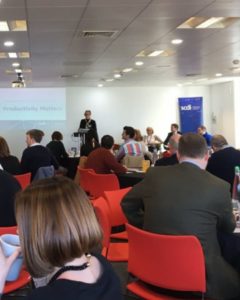The home working environment is a major factor in productivity. Should employers help their employees create a home office where they can be productive and inspired? Some do, but it takes an investment to make it work. There also needs to be strong communication between leadership and staff. We know not all jobs can be done from home but transparency is essential when assessing roles and suitability for hybrid working.
If staff want to work from home and the organisation has a different view, staff must be empowered to come up with solutions that won’t impact their productivity. Previously, the more flexible workers were those who left the office, visited sites, were the creative thinkers, while admin functions were more static and office based. This has now flipped, with remote access to data allowing formerly static staff to work from home with those who need to bounce ideas off their colleagues looking to the office to support such collaboration.
‘Who needs to be in the office and when?’ is an important question to be asking right now.
Productivity
Measurable outputs and cumulative trends help some organisations track productivity. But for others, output is really all that matters, with how results are achieved being less of a concern. (‘Trust’ was a common theme throughout the event.)
Engagement (or lack of) is an issue for some people who really struggle with working from home. This places the onus on organisations to check in on their staff and monitor mental health as this will have a negative impact on productivity. Not everyone works the same way, so diversity of thought and flexibility is important when measuring productivity.






